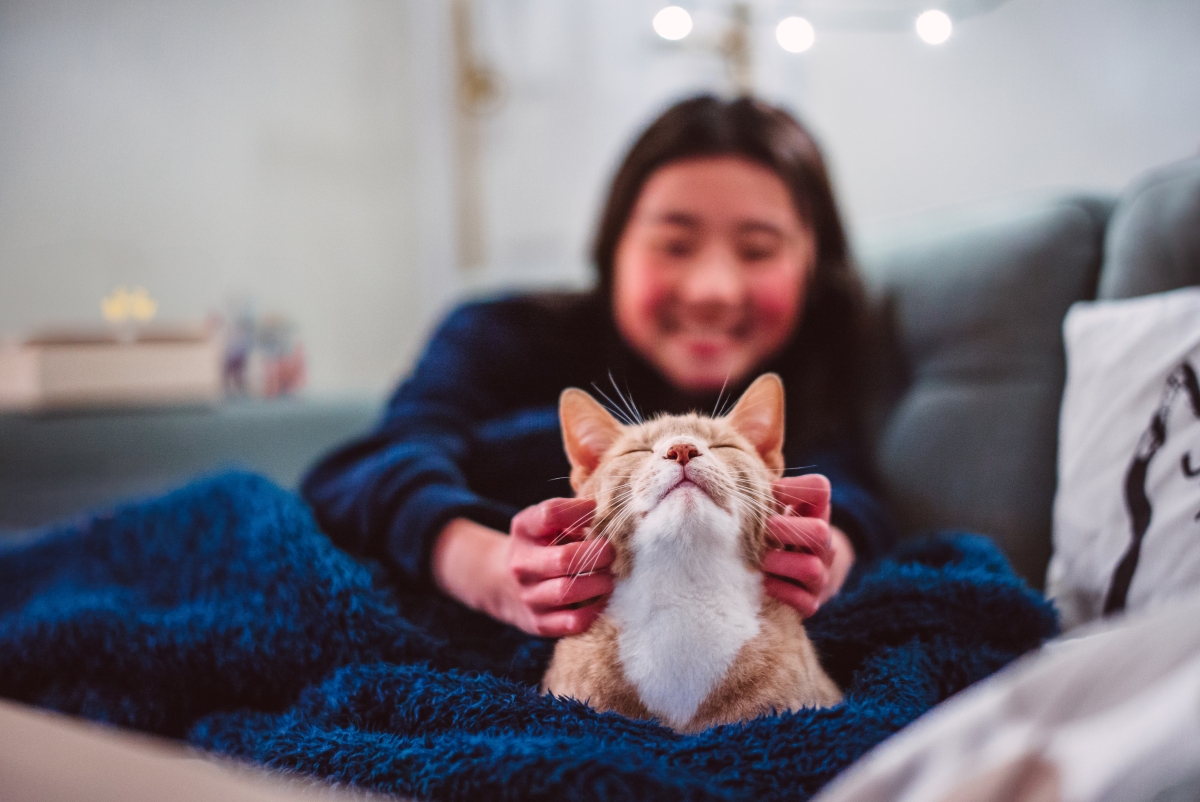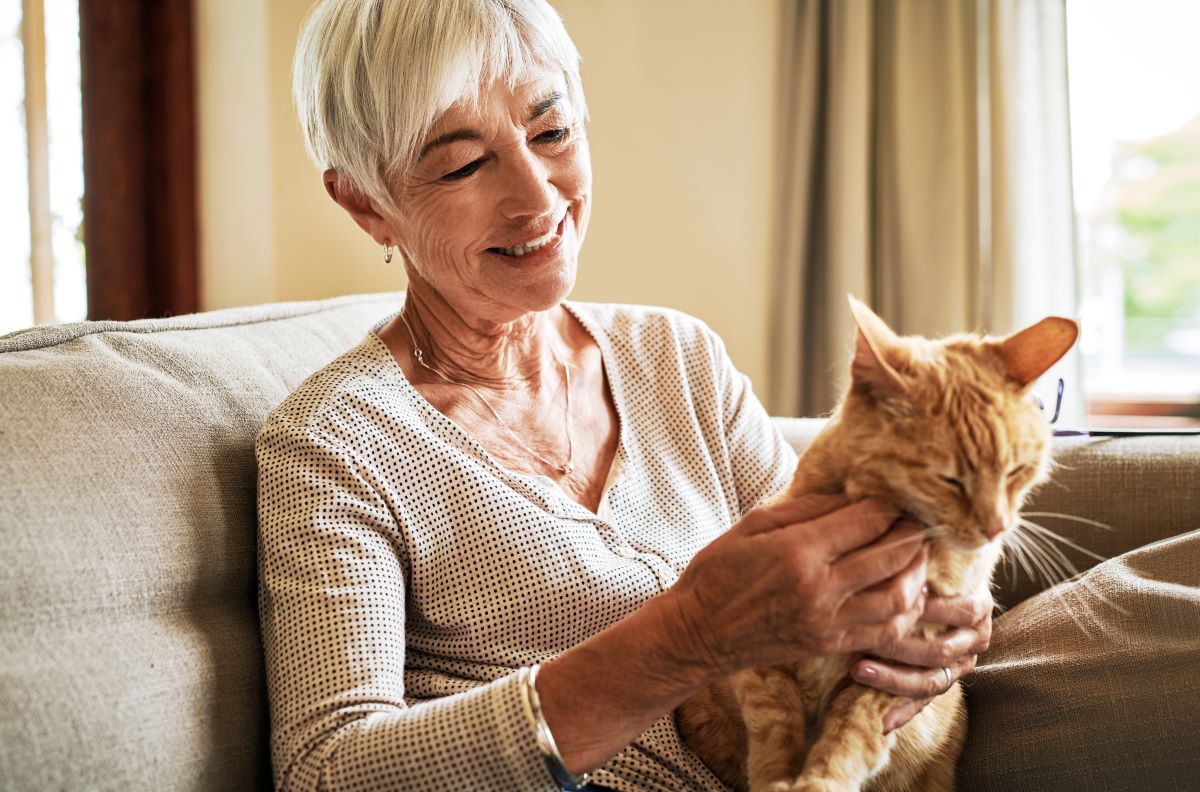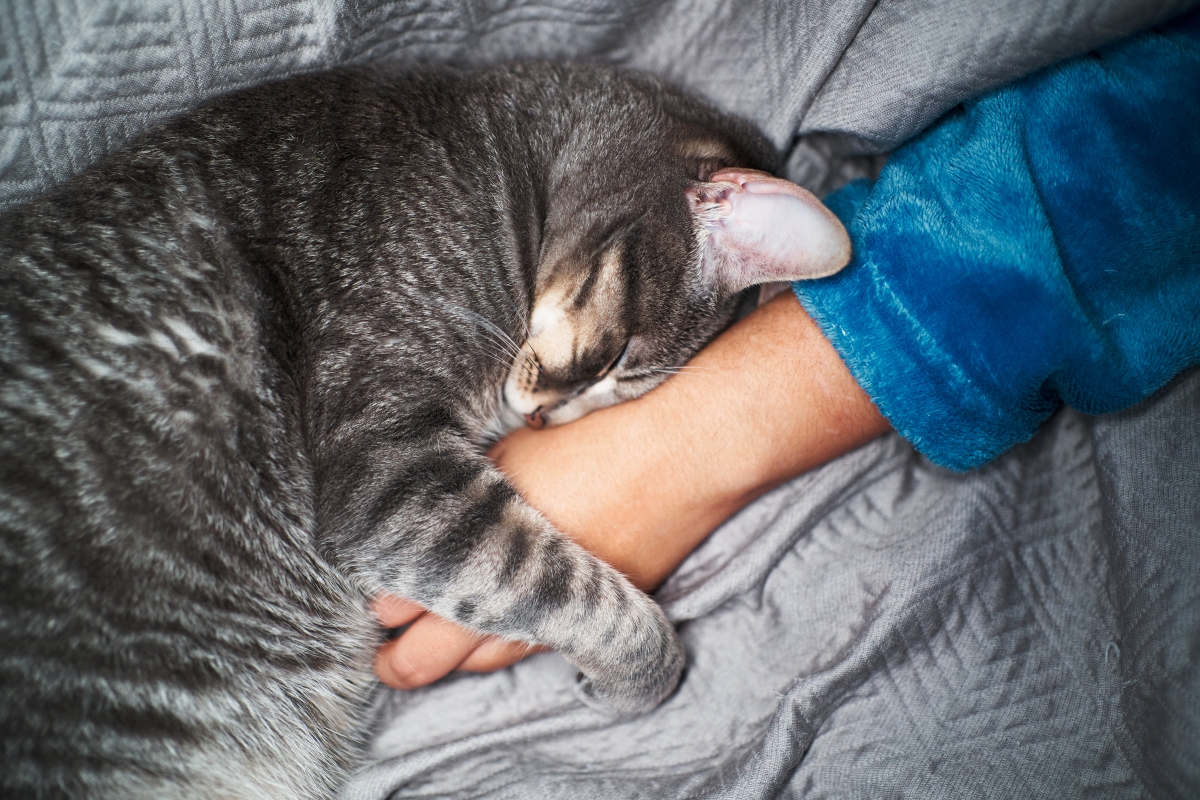Select a country and language
Regulatory constraints and medical practices vary from location to location. Consequently, the information provided on the site in which you enter may not be suitable for use at your location.
Asia Pacific
Europe















Latin America







North America
Just like with humans, every cat is unique. Some are mischievous, unstoppable balls of energy, whilst others are more chilled-out, content to spend entire days relaxing in their favourite nap spots. After their bouncy younger years, many cats will gradually become less energetic as they mature through adulthood – although there's always the exception. Owners of older pets often comment that their cat is "just lazy these days", or "isn't as active as they used to be". This “laziness” is often seen as a normal change that is to be expected in older age. And it’s true that dogs, cats, and humans all tend to become less active as they get older! However, getting long in the tooth might not be the only reason behind your cat's slowing down.
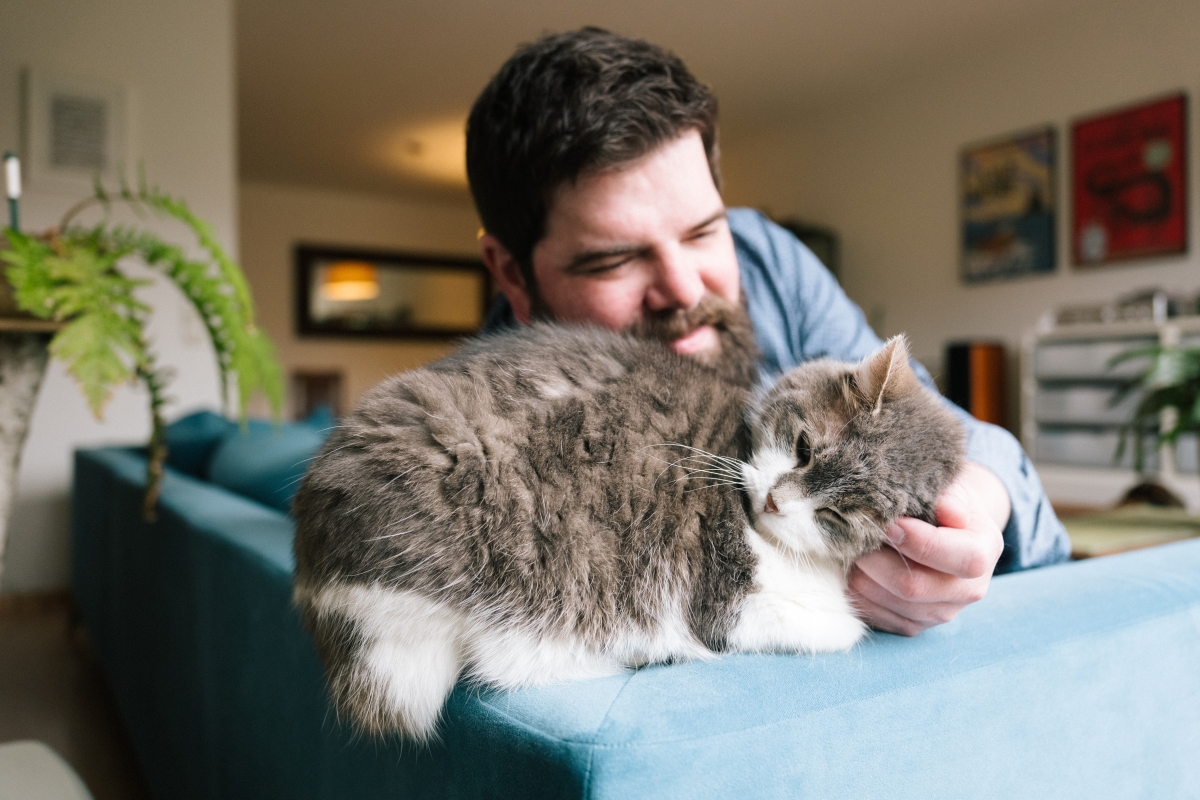
Do you know the signs of arthritis pain in cats?
Being less active might indicate something more concerning than that they’ve found a really comfy spot. This is why it's important to know your cat as an individual, and keep an eye on any sudden or gradual changes in behaviour. The signs that indicate your cat is in discomfort are often subtle and easy to confuse with ageing.
Cats with pain will often hide away, being less sociable among the family, and will generally spend long periods of time sleeping or resting. Sometimes, they can be grumpy when woken or handled, as if they don't want to be moved. You might notice changes in their facial expression such as the ears flattening, or the whiskers being pinned back. They also tend to be less interested in eating but may continue to nibble as they feel like it. Other signs of pain that can look like ‘just getting older’ include not jumping up onto surfaces, or needing to reach down a paw to get half way before jumping, having a hard time going up or down stairs, sometimes in funny looking ways, like a ‘bunny hop’. They may also do less scratching or grooming. Some signs that could give us a clue that pain is more likely include not being able to get into and out of the litter tray easily (often leading to accidents in the house), a matted coat due to a decrease or lack of grooming and overgrown claws.
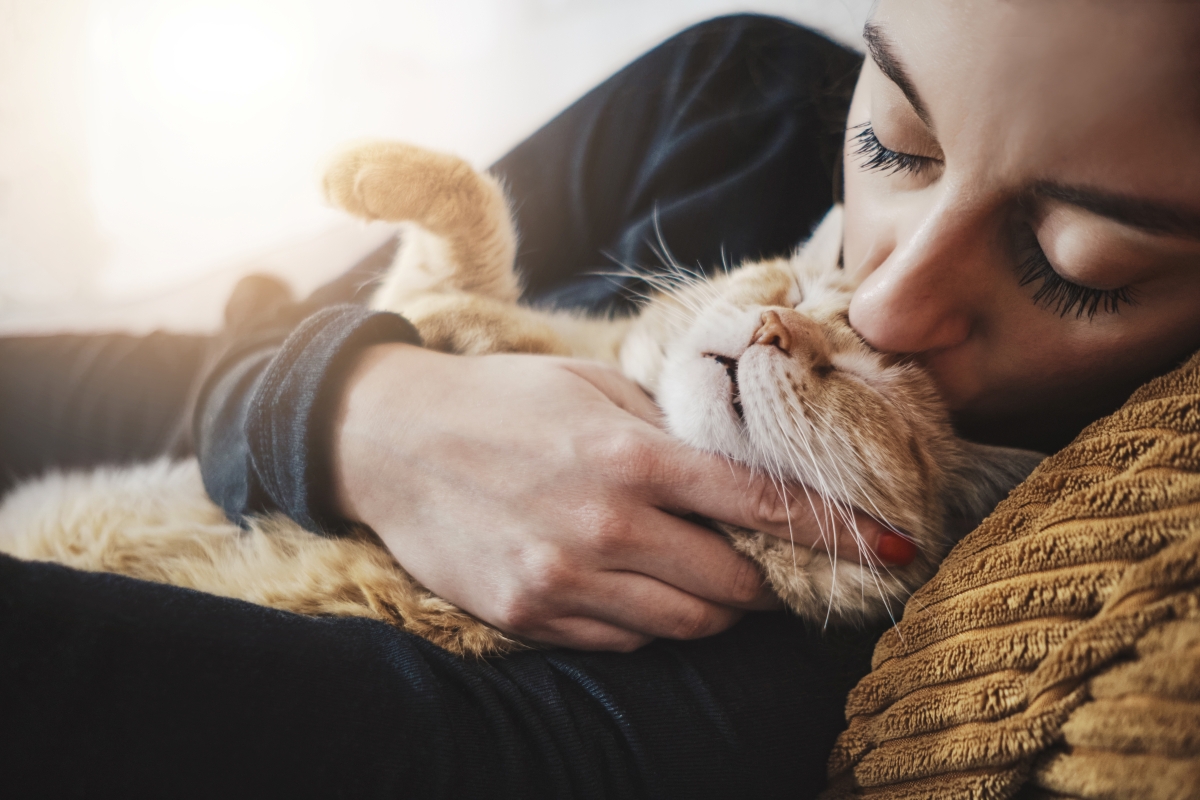
Arthritis in cats
Feline Osteoarthritis (OA) is a disease of the joints that gets worse with time and is painful. It most often is identified in older cats when disease is severe and advanced, and it is underdiagnosed in middle-aged cats. And arthritis isn’t just a condition of older cats - we increasingly see significant joint pain in cats as young as 2! It is important to be aware of arthritis in cats as it is one of the main causes of chronic pain and can have a real impact on a cat's quality of life. Common arthritis symptoms in cats are often subtle. Some cats will have obvious signs of discomfort but others may simply ’slow down’. More research is now available on the broad impact arthritis pain has on cats, impacting mobility but it also can effect sleep, mood and social interaction with their pet parent or other pets.
What to do about arthritis in cats
There are lots of options to help manage a cat’s arthritis pain, including medications, nutritional supplements, weight management, adapting the cat’s environment, massage and physiotherapy. However, you should always talk to your vet to get a personalised plan for your cat as an individual. Your vet is likely to prescribe medical treatment including medication for cats to reduce pain. Having a pain medication onboard may also help an arthritic cat go through physiotherapy more comfortably and to stay more active. Commonly used arthritis pain relief for cats include non-steroidal anti-inflammatory drugs (NSAIDs) which are effective but have their limitations, particularly when we are dealing with an ageing population that is often affected by additional diseases, such as chronic kidney disease. Depending on the medication, these may also be difficult to dose to cats orally. Other therapeutic options are available from your vet that can help improve comfort and quality of life for those cats suffering from OA, particularly where concurrent diseases are a concern. You can use our symptom checker to see if the signs of age in your cat might actually indicate that they're uncomfortable. Even if you think your cat is just winding down with age, it's always a good idea to get them checked out by your veterinarian to make sure there isn't an underlying cause that needs addressing. Cats are adept at hiding discomfort, so regular veterinary checks can allow prompt recognition and treatment of the many diseases that affect older cats to help ensure that they enjoy the best quality of life possible.







